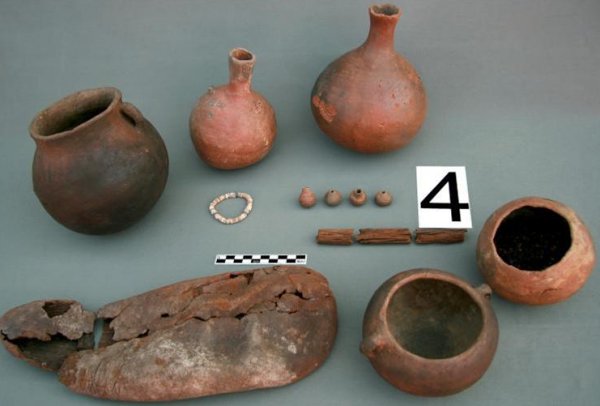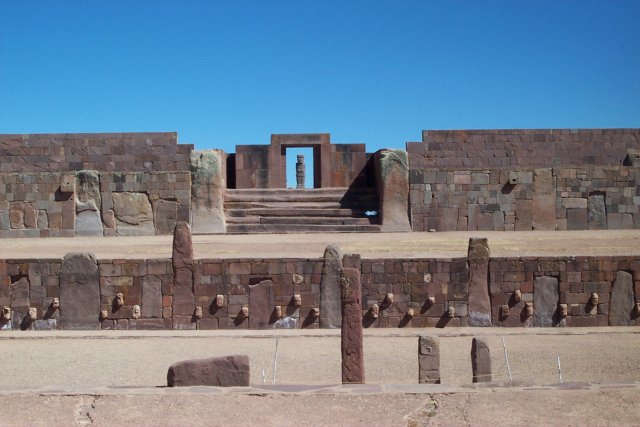Intriguing Graves Of Ancient Unknown People In The Atacama Desert
MessageToEagle.com – Archaeologists have discovered more than 150 graves belonging to a previously unknown culture in Peru.
The cemetery was discovered in the Tambo River delta, in the northern part of the Atacama Desert.
“These graves had been dug in the sand without any stone structures, and for this reason they were so difficult to locate that they have not fallen prey to robbers”, Professor. Józef Szykulski, leader of the research project said.
The team that consists of Polish archaeologists from Institute of Archaeology of the University of Wroclaw and Colombian researchers says that the find, dated to the 4th-7th century AD, indicates that the northern part of the Atacama Desert had been inhabited by a farming community before the expansion of the Tiwanaku civilization.

Spanning some 41,000 square miles across four South American countries, the Atacama Desert is considered the driest place in the world. You can only expect four inches of rain every one thousand years.
That’s how dry it is in South America’s Atacama Desert, which stretches some 600 miles between Peru’s southern border and Chile’s central Pacific coast.

Years often pass without a single drop in the desert’s central region, a place some researchers believe may have seen no significant rainfall for 400 years, between the 1570s and the early 1970s. Here you won’t find a single living thing – no animals and not a single cactus, hardscrabble weed or even a blade of grass.
Yet, an unknown culture inhabited the area and the desert conditions also preserved the contents of the graves.
“These burials are of the virtually unknown people, who inhabited the area before the expansion of the Tiwanaku civilization.
Items found in individual graves indicate that the people already had a clear social division”, said Prof. Szykulski told PAP.

In the tombs, archaeologists have found objects including massive headgear made of camelid wool, which could have the function of helmets.
Some of the bodies were wrapped in mats, others in cotton burial shrouds, and others in nets, which means that one of the forms of activity of that culture was fishing.
See also:
Mysterious Ruins Of Nuevo Albergis In The Atacama Desert
10 Great Ancient Mysteries Of Peru
Peru’s Cotahuasi Valley Mystery: Unknown Reasons Behind The Destruction Of Mummies And Artifacts
“Inside some of the graves we have found bows and quivers with arrows tipped with obsidian heads. This is a very interesting find, because bows are a rarity in Peru”, said the archaeologist.
Another interesting find is the skeleton of a young llama, which proves that the animal had been brought to the Tombo Delta earlier than thought.
In some graves of men, archaeologists found maces with stone or copper finials.

“These objects and the bows were symbols of power, which proves that representatives of elite were buried here” – said Professor. Szykulski.
In the graves, archaeologists also found richly decorated weaving tools and many jewellery items, including objects made of copper and tumbaga – an alloy of gold and copper. Another interesting discovery are reed withes that were attached to the ears of the dead, which protruded above the surface of the graves. Scientists suspect that they served as ritual “communication” tools between the dead and the living members of the community.
Professor Szykulski announced that Polish archaeologists also discovered the tombs of Tiwanaku civilization in the Tambo River delta, dating back to the 7th-10th century AD. “This stone tombs contain ceramic vessels, tools and weapons. This find is sensational, it was previously thought that in this period the Tiwanaku civilization had not reached this area”- said the scientist.
© MessageToEagle.com










